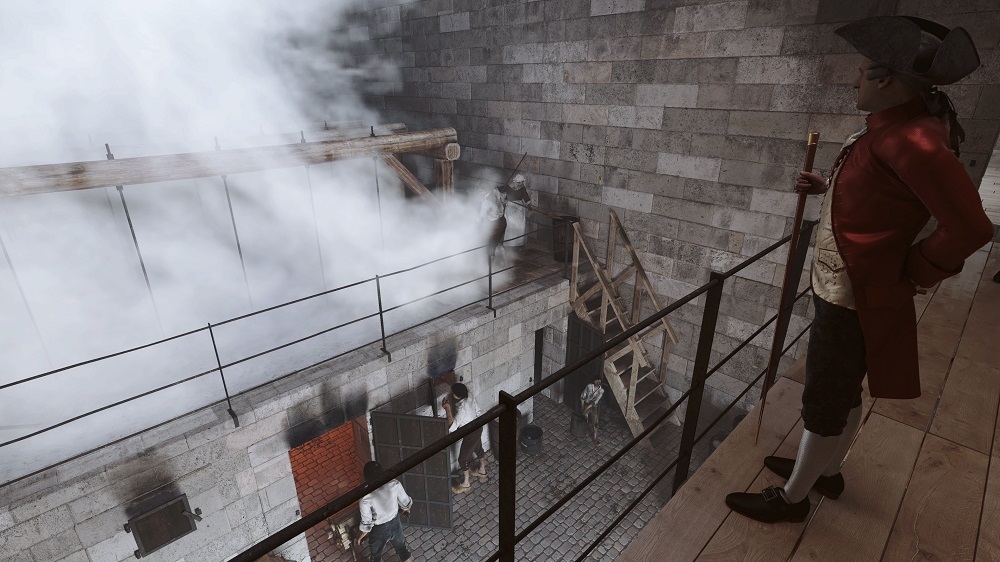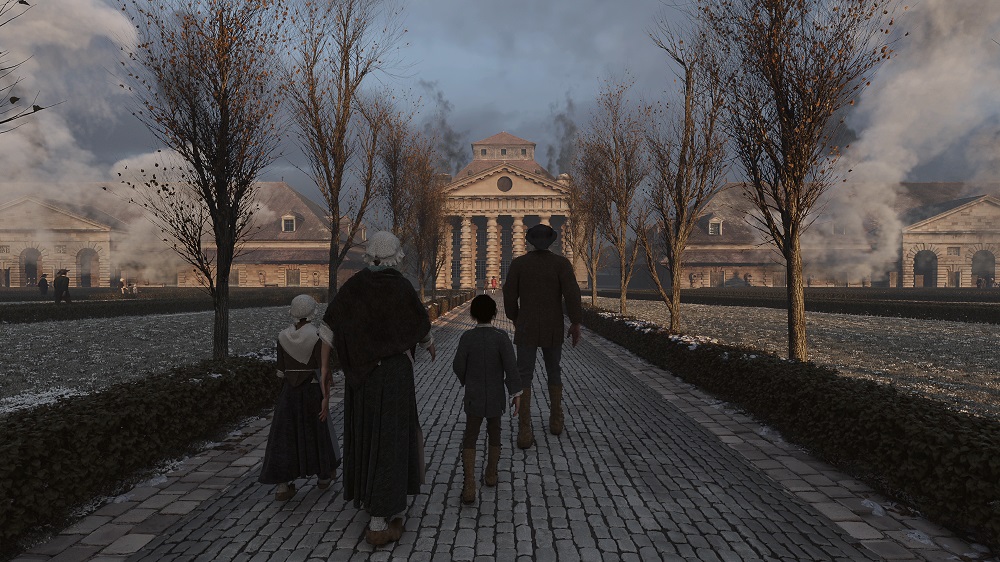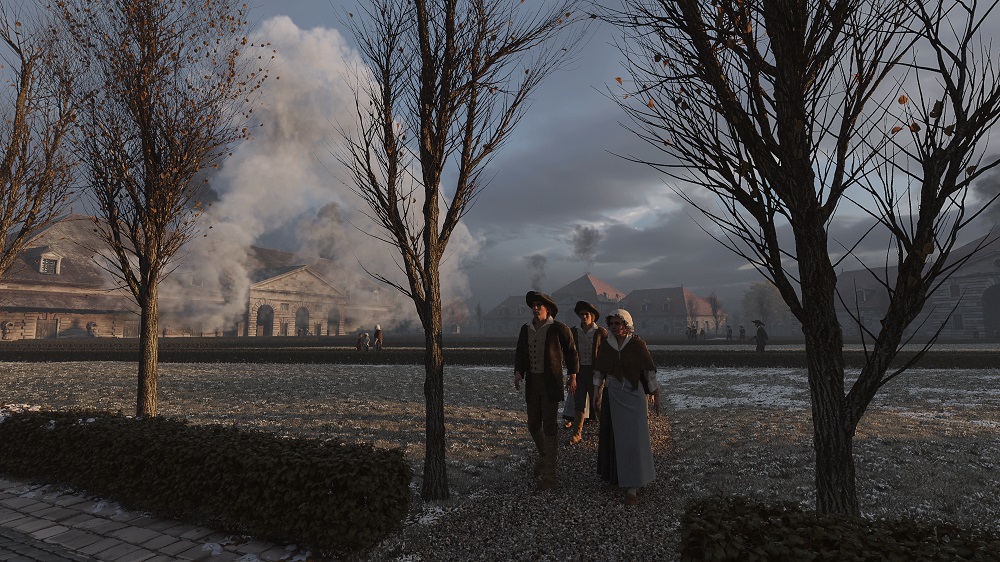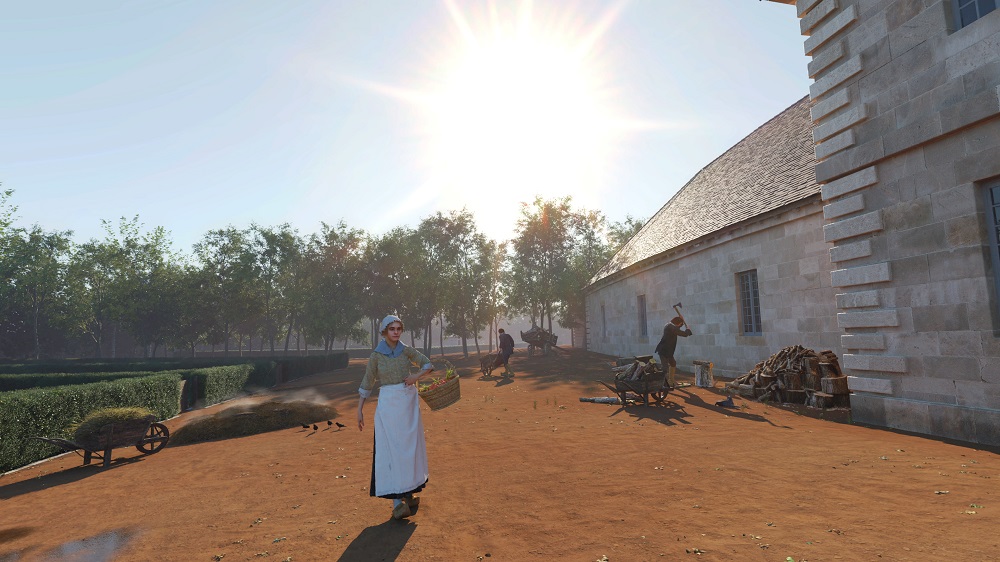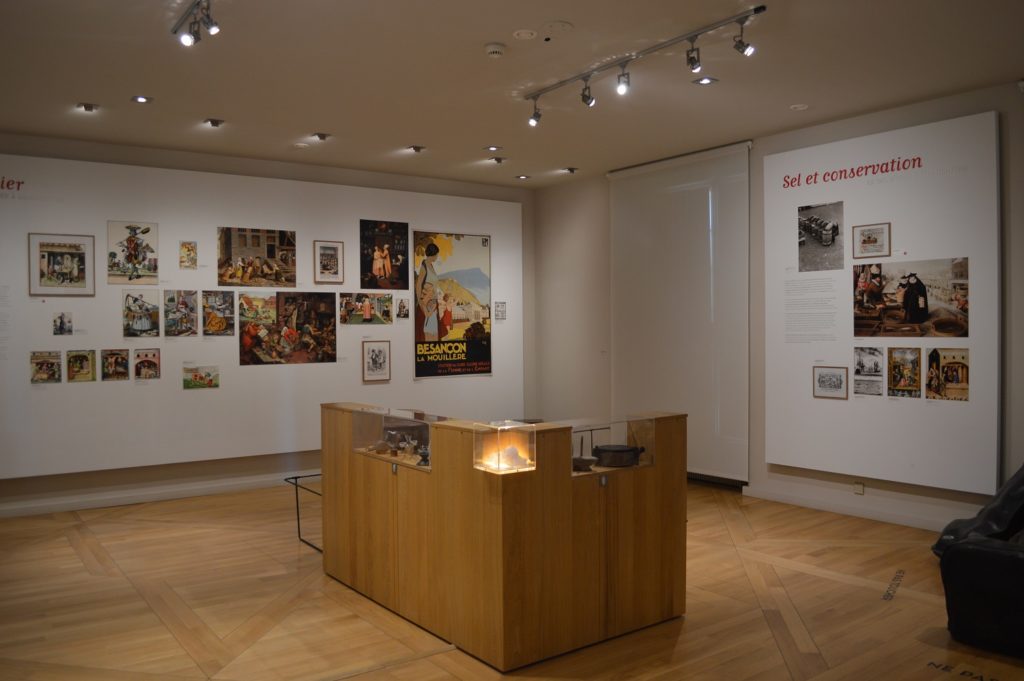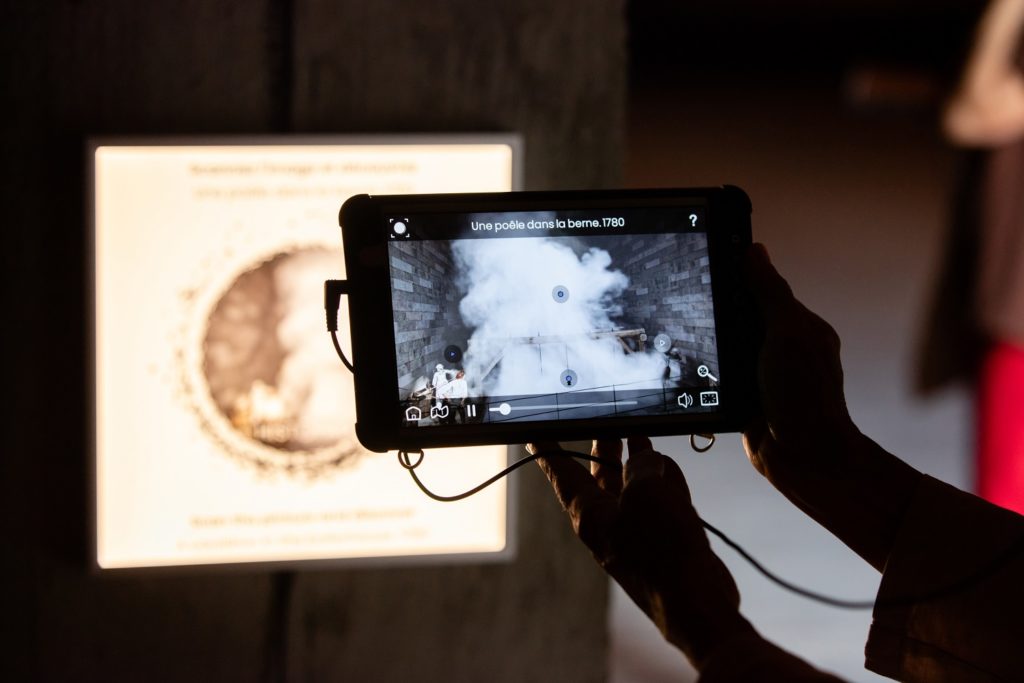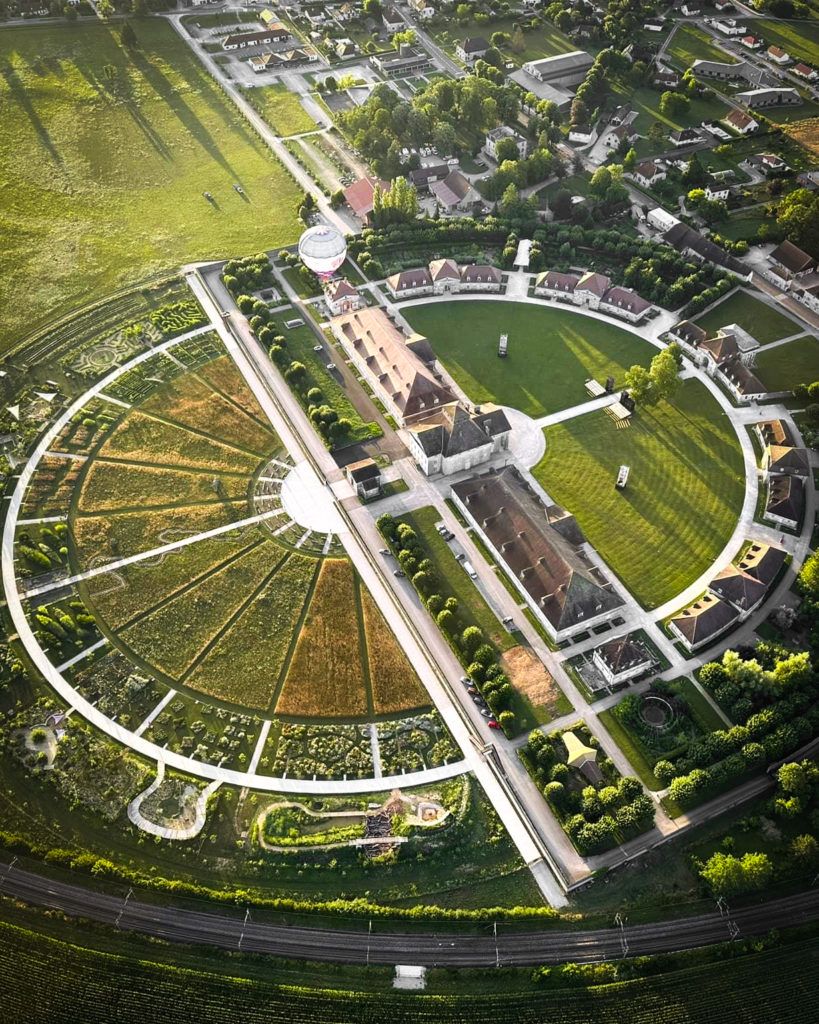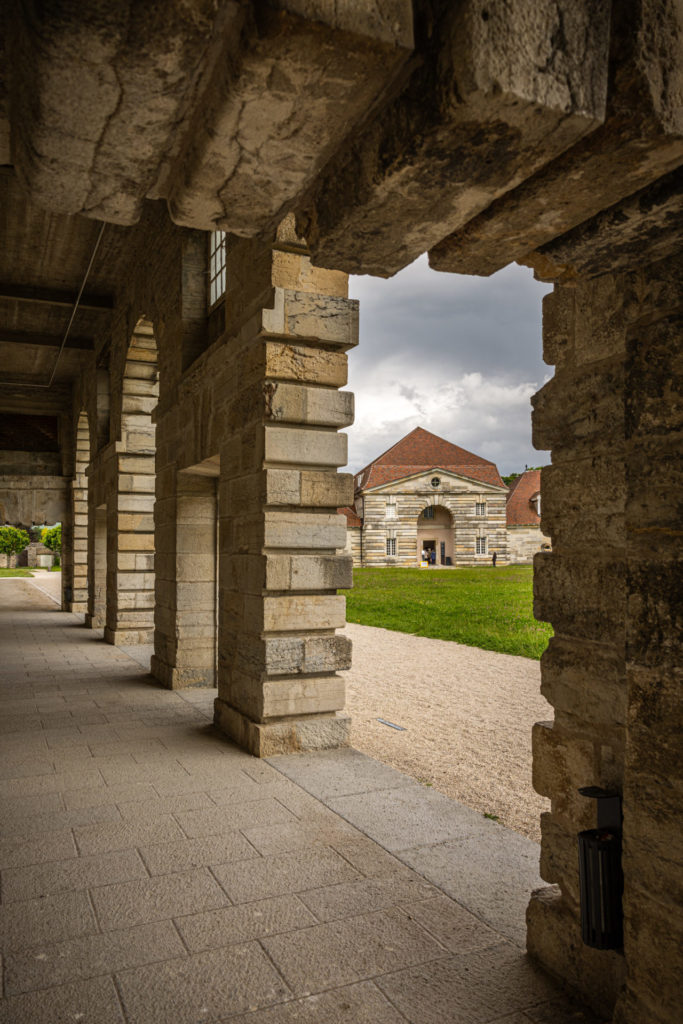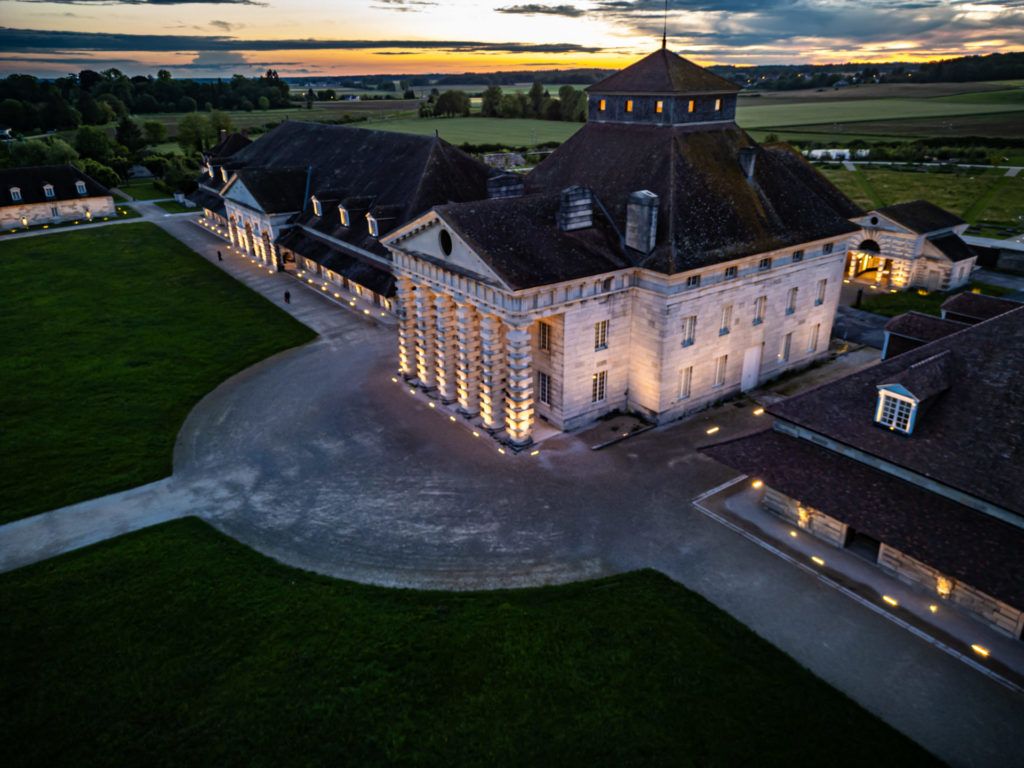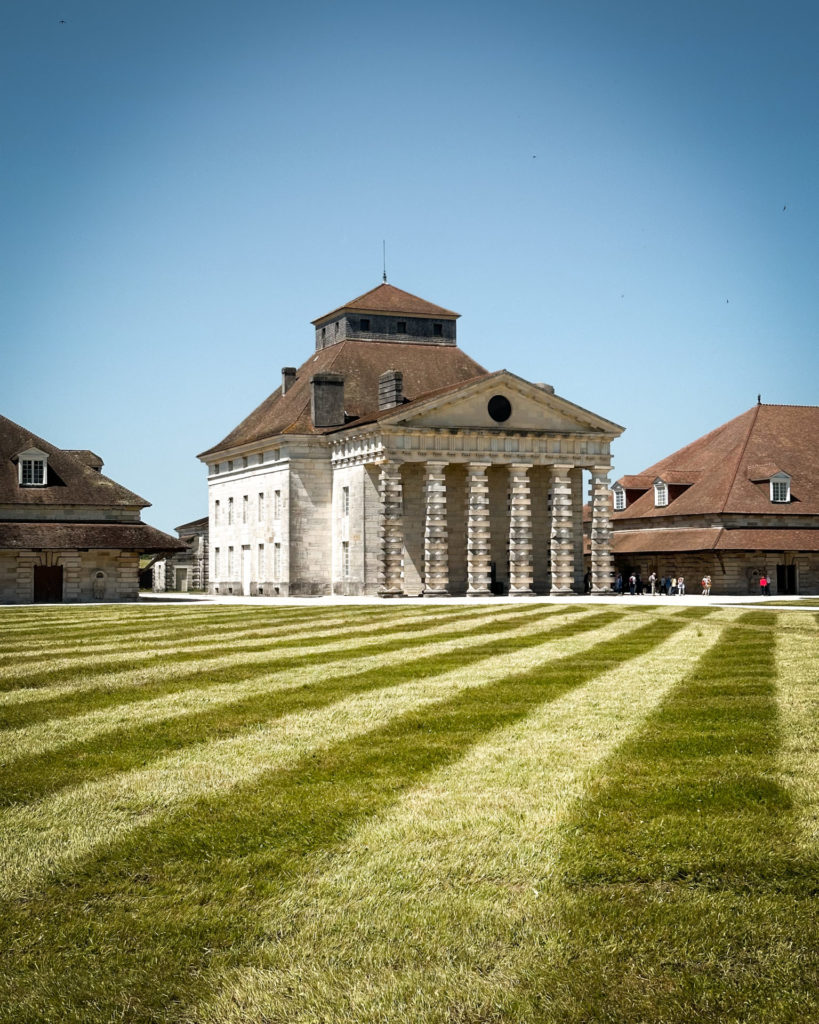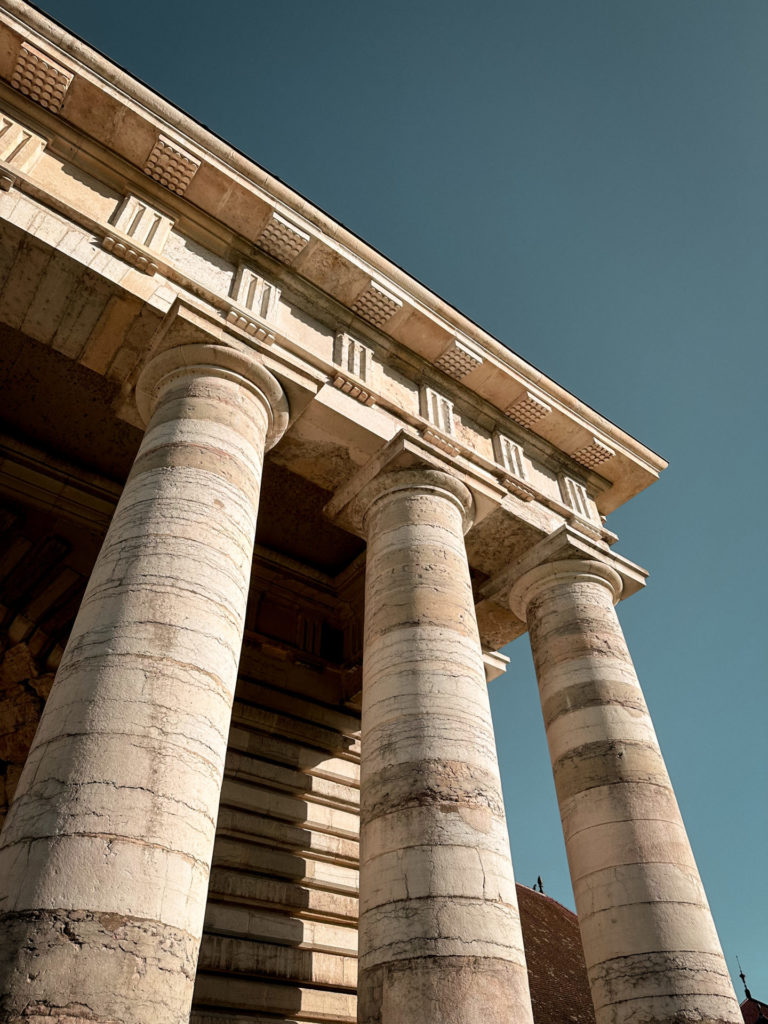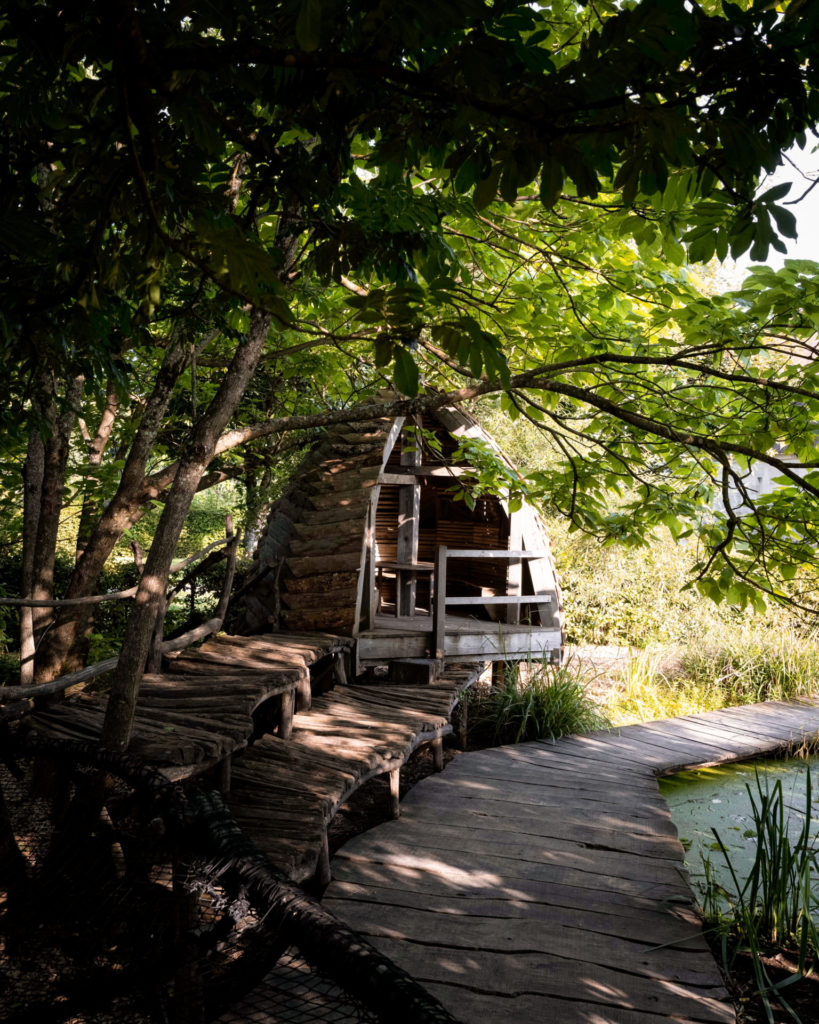A rare example of 18th-century industrial architecture
It all began in Salins, where humans exploited salt water from natural sources as early as the Middle Ages. The brine was heated and salt obtained after evaporation. This required vast quantities of wood as fuel.
In the middle of the 18th century, demand for salt increased due to demographic growth (new requirements for cured meats, cheese-making, certain craft activities such as tanneries, etc.), not forgetting the commitments made by the kingdom of France to supply the neighbouring Swiss cantons with salt. The kingdom was also interested in increasing salt production because it brought in tax revenues thanks to the salt tax, known as the Gabelle tax. All of these elements contributed to the creation and the construction of a new saltworks, in an ideal location close to Salins and large reserves of wood. A large flat area was chosen between the villages of Arc and Senans, around 20 kilometres from Salins and next to the immense Chaux forest.
Here, between 1775 and 1779, the 11 buildings of a “royal saltworks” were built, treating the salt water transported from Salins through a double pipe (called “brine pipeline”), which originally consisted of hollowed-out spruce trunks stacked inside each other (replaced soon after with iron piping), buried one metre underground. The new factory was created as a real production unit incorporating two large buildings (known as the “Pan houses”) where the brine was evaporated, one building for the blacksmiths to work (the Farrier), and another dedicated to making barrels (the Cooperage). Additionally there was an entry and control building (the Guards), residential buildings (the Saltworkers’ Houses) and two lodges for administration (the Clerks lodge) and tax (the Tax lodge).
The site, in the shape of a perfect semi-circle, is dominated by the tall columns and the pediment of the “Director’s House”, flanked at the back of a small, harmonious building constituting the stables of this same house. As splendid as the architecture of the site was, economic success was unfortunately not forthcoming and the originally-planned production of 60,000 quintals of salt was never reached, even in the 19th century when construction of the railway made it possible to supply the Saline royale with coal (and no longer wood) to heat the brine.
Technical improvements, developments to the exploitation method and changes in ownership linked to political developments in France did not bring about the expected profitability. In 1895, the “Compagnie des Salines de l’Est” decided to stop production of this “evaporated” salt, which, additionally, due to leaks in the brine pipeline, had made the well water of Arc-et- Senans brackish.


 Getting to the Saline royale
Getting to the Saline royale Heritage
Heritage Exhibitions
Exhibitions Gardens
Gardens Cultural season
Cultural season Gift shop / Bookshop
Gift shop / Bookshop Hotel & restaurant
Hotel & restaurant Seminars & private events
Seminars & private events
